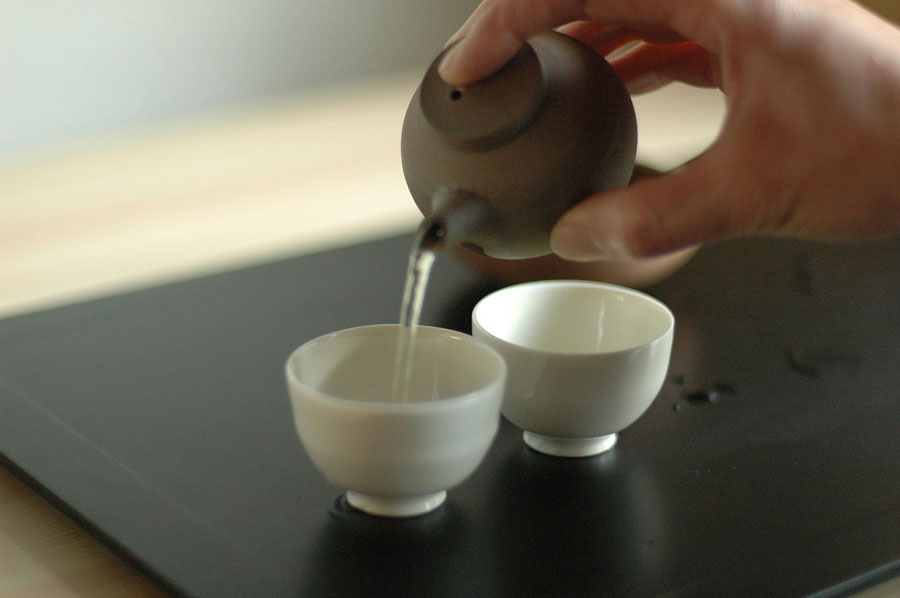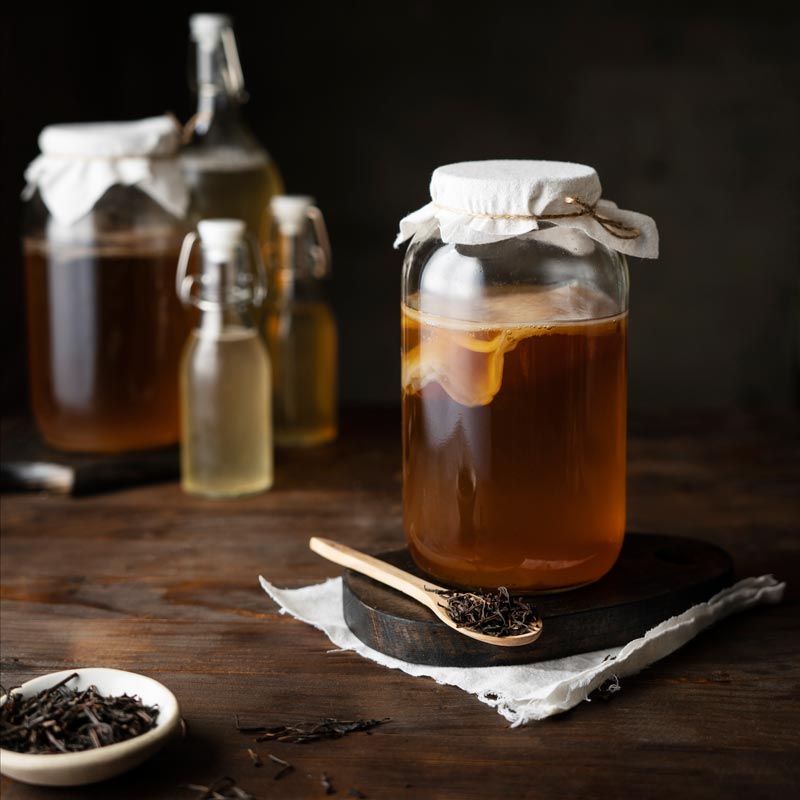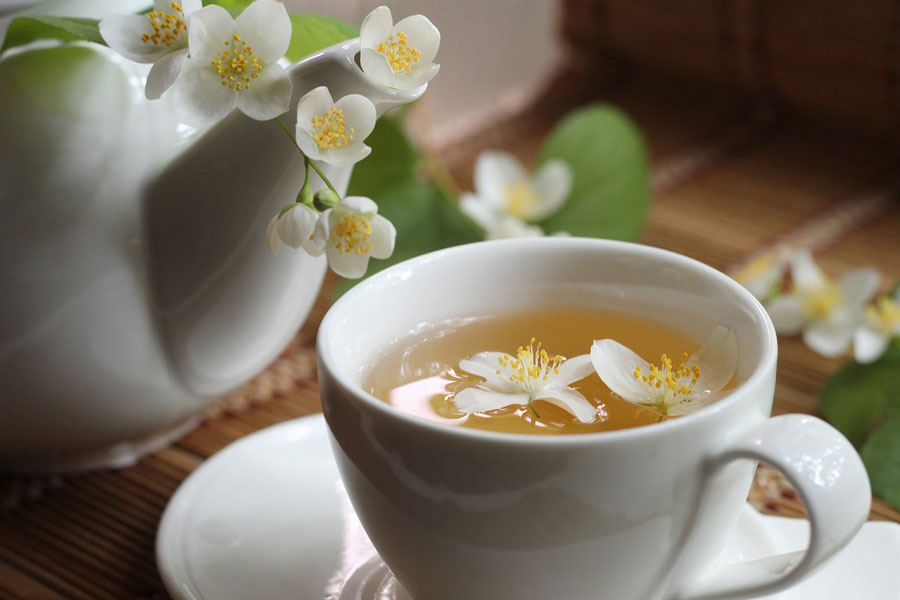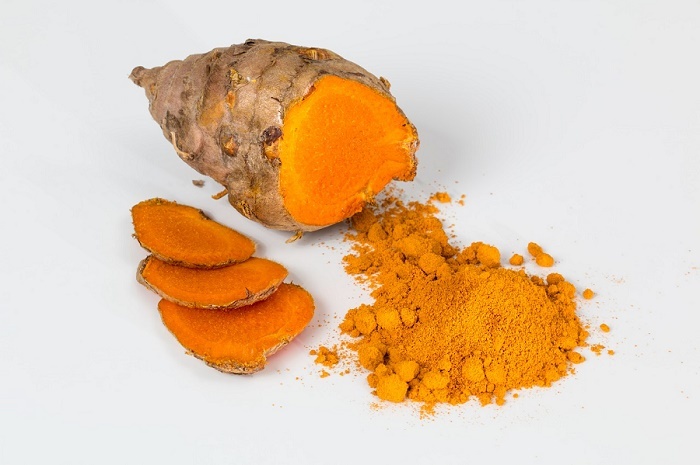As I study more and more on tea, the boundaries to which its concept was limited in my mind imperceptibly extends. It seems that every corner of the world has its own tea traditions. One such common tradition is the tea ceremonies in Japan – Chanoyu.
The Way of Tea
Commonly known as ‘Chanoyu’ which translates to “hot water for tea” or to ‘Chado’ which translates to “the way of tea”, traditional Japanese tea ceremonies transcends the very act of drinking tea. It is a cultural ritual meticulously choreographed into movements and actions to depict serenity and generosity. It is performed with the sole basis of showing respect to the guests. The oft formal and traditional stages in preparing a bowl of matcha tea(powdered green tea) with specialized tools and movements are what embodies these ceremonies, and is revered by the Japanese on a spiritual level. In China as well as in Japan, tea is of religious and spiritual relevance and I reckon what owes to it is tea’s medicinal significance that has been observed throughout history. What is now observed as the modern tea ceremony was established and solidified by a priest named Sen no Rikyu, back in the late 16th century. Since then it has been performed as a ritual in Japan.
The Tea Ceremony and Its Four Aspects
The ceremony Chanoyu involves boiling of water in a traditional tea bowl at a prescribed temperature and adding to it measured scoops of powdered matcha tea. The tea is then whisked in a back and forth movement with a traditional bamboo whisk and is served to the guests to drink. The tea is not simply drunk from the bowl either. There is aesthetics involved with the postures in offering and drinking tea. Drinking is always preceded by a low bow to mark the gesture of respect for the host.
The Japanese tea ceremony Chanoyu is a way to commune with nature and with friends and family. A formal tea ceremony can have as many as a dozen guests and the time to prepare for the ceremony can actually be more than the ceremony itself. There are four main concepts that this tradition honours- the concepts of “Wa, Kei, Sei, Jaku”. “Wa” means harmony. The host or the performer of the ceremony prepares tea with an intension of bringing harmony and tranquillity around the house. “Kei” stands for respect. Despite difference in social status and origin, all are treated as equal. This aspect of the custom is marked by a small entrance in the tea room which obliges all the participants to bow down in order to be able to enter the room and to sit next to each other in ‘Seiza’ position (folding their legs under the heels or what we Indians commonly refer to as “Vazrasana”). “Sei” means purity. This aspect of the ceremony requires the participants to enter the revered tea room only after renouncing all their earthy worries outside so as to enter with a pure heart. “Jaku” stands for tranquility. The Japanese believe that by adhering to the above three customs of harmony, respect and purity can one step into a state of tranquillity which is what the ceremony aims to achieve.
Mastering the Tradition
This meticulous custom is a branch of study taken up by a lot of Japanese men and women who are trained in the art of tea ceremonies. The masters of the olden times were men but as time evolved, women too began to be trained in the schools dedicated to the art of teaching these ceremonies to the upcoming generations. There are certification courses, passing which finally assigns one the license to become a master in the art of hosting tea ceremonies. It is believed that this ancient tea tradition has been bringing peace to the minds of the Japanese people for a really long time. There is so much more to tea than merely drinking it. It connects one with one’s soul and with the surrounding elements of nature. That is what lies at the heart of these ceremonies. And true to the words, tea does connect us with our soul and replenishes us from within.






